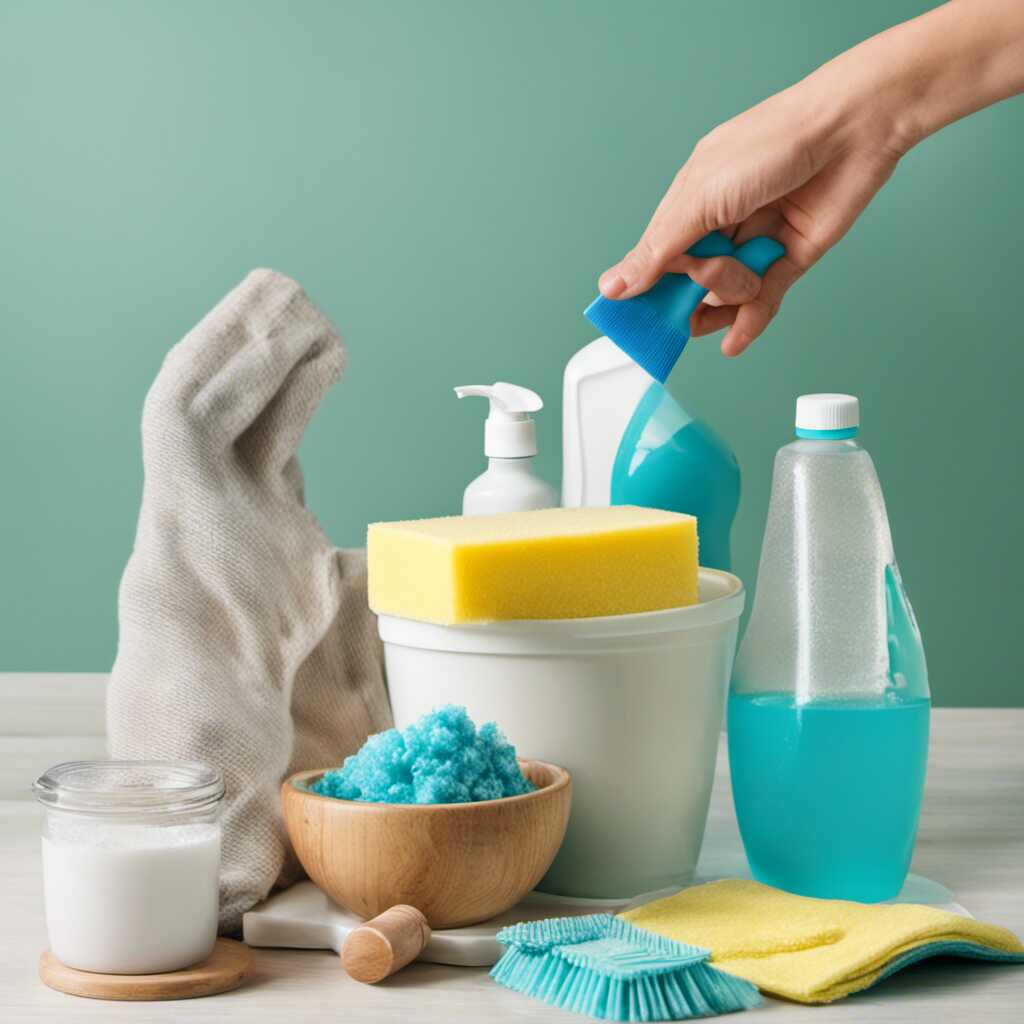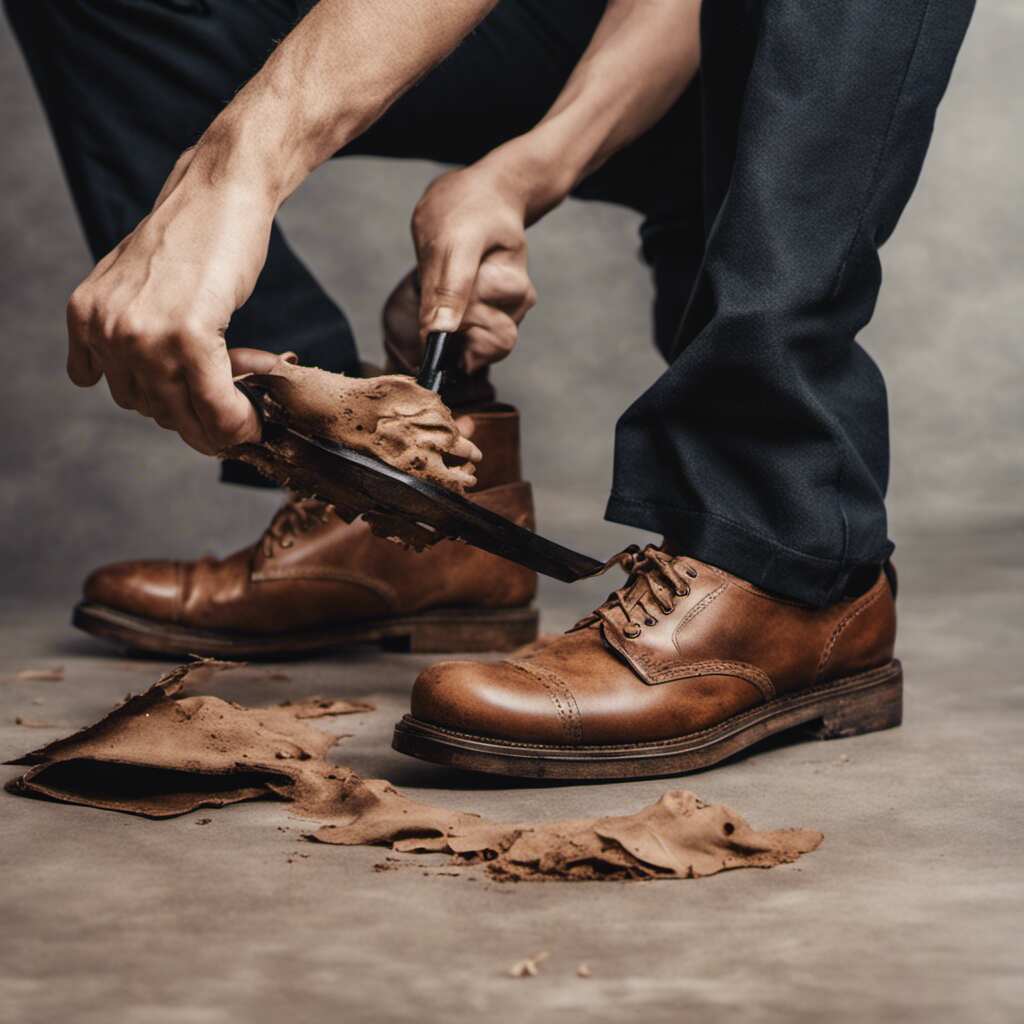
In the world of dining and décor, few things rival the timeless allure of silver and silverware. These gleaming pieces not only grace our tables but also carry with them a rich history of tradition and sophistication. Welcome to our expert guide on how to clean and care for silver and silverware, where we will unlock the secrets to preserving their shimmering beauty and ensuring they continue to grace your gatherings with unparalleled elegance. Whether it’s the heirloom silverware passed down through generations or the elegant tea set that adorns your special occasions, taking proper care of these treasures is a labor of love.
Silver, with its luminous sheen, has been coveted for centuries as a symbol of refinement and luxury. However, this noble metal is also susceptible to tarnish and wear over time, requiring a delicate touch and specialized knowledge to maintain its brilliance. From antique silver tea sets to contemporary flatware, knowing how to clean and care for silver is essential to keep these pieces looking their best.
First things first, the most common issue with silver is its propensity to tarnish. Tarnishing, or oxidizing, is a natural process that occurs when silver reacts with oxygen in the air and with sulfurous gases. It turns shiny silver into a dull and lacklustre-looking metal. It’s a silver lover’s nemesis! But fret not, as we’re here to equip you with the know-how to tackle this! This comprehensive article will guide you on “How to Clean and Care for Silver and Silverware”; whether you’re a newbie to the silver game or an old hand looking for fresh insights, we’ve got you covered.
Understanding Your Silver
Before we delve into the specifics of cleaning and caring for silver and silverware at home, let’s get to know your silver a little better. Silver items come in various forms, including:
- Solid Silver: Items made entirely of silver, such as utensils, trays, and decorative pieces.
- Silver Plated: A layer of silver applied over another metal, often found in cutlery and serving dishes.
Understanding the type of silver you have will influence the cleaning methods you choose.
How to Clean Tarnished Silver and Silverware
1. Ordinary Dish Soap: Start with the basics. Mild dish soap mixed with warm water is a great starting point for cleaning silverware. Soak your items, gently scrub them using a soft cloth, rinse, and dry thoroughly. Voila! This will work wonders for pieces that are moderately tarnished.
2. Baking Soda and Water: At times, ordinary dish soap may not suffice. Heavily tarnished silverware needs a stronger solution, so let’s up our game. Baking soda and water form an effective paste for cleaning silver. Apply this paste using a cloth or sponge, work it into the tarnish, rinse, and then dry. Magic!
3. Silver Polish: When tarnish is too stubborn, bring out the heavy artillery: a commercial silver polish! Depending on the product, you may need to dampen a sponge or cloth, apply the polish, then rinse and dry. Remember to always follow the manufacturer’s instructions carefully.
4. Salt, Aluminium Foil, and Baking Soda: Looking for a more exciting, chemistry-like method? Here’s an at-home science experiment that will also combat tarnish. Line a dish with aluminum foil, place your silver on it, sprinkle a bunch of baking soda and salt over it, and pour boiling water until all items are submerged. The tarnish should dissolve in minutes! Rinely and dry your silver afterward. Easy peasy, isn’t it?
How To Care For Silver And Silverware
Now that we’ve learned how to clean silver let’s move on to preserving its shine and preventing tarnish.
1. Regular Cleaning: Regular cleaning is key! Tarnish builds up slower on clean silver. Remember the dish soap method? For daily-use silverware, this routine will be enough to keep tarnish at bay.
2. Proper Storage: Improper storage accelerates tarnishing. Thus, store your silverware in flannel bags specially designed for silver storage. These bags contain silver salts that neutralize sulphur in the air, slowing tarnishing. If flannel bags are not readily available, use an airtight container with a piece of chalk. The chalk will absorb excess moisture, helping to prevent tarnish.
3. Use it Often: The more you use your silver, the less it tarnishes. That’s right! Using and washing your silverware regularly can actually reduce tarnish build-up. So go on, flaunt your silverware at your next dinner party.
4. Keep It Dry: Water is not silver’s best friend. Always remember to dry your silverware thoroughly after washing it to prevent water spots and reduce tarnishing.
5. Avoid Harmful Substances: Silver doesn’t like substances like rubber, latex, wool, felt, onions, eggs, and salty and acidic food. These can speed up the tarnishing process. Consider this when you’re storing or using your silver.
Cleaning Specific Silver Items
Silver Utensils
Eating utensils often bear the brunt of tarnish and use. Follow these steps for their care:
- Pre-rinse: Rinse utensils as soon as possible after use to prevent acidic food residues from causing tarnish.
- Hand wash: Gently clean with mild soap and warm water.
- Polish: Regularly polish to maintain their shine.
- Storage: Store utensils with care to prevent scratching.
Silver Jewelry
The gleam of silver jewelry enhances any outfit. Keep it stunning with these tips:
- Remove before tasks: Take off silver jewelry before swimming, cleaning, or applying lotions.
- Gentle cleaning: Soak in a mixture of mild soap and water, then softly scrub with a soft brush.
- Rinse and dry: Thoroughly rinse and dry to prevent water spots.
- Storage: Store in a cool, dry place away from sunlight.
Silver Decorative Items
Elegant silver décor deserves special attention:
- Dusting: Regularly dust with a soft cloth to prevent tarnish buildup.
- Delicate cleaning: For intricate patterns, use a soft brush and a mix of baking soda and water.
- Avoid abrasives: Steer clear of abrasive cleaners that could harm the delicate designs.
Preserving Antique Silver
Antique silver items require even more care to retain their historical value:
- Consult experts: If unsure, consult a professional before attempting any cleaning.
- Minimal cleaning: Over-cleaning can reduce an antique’s value, so approach with caution.
- Display cases: Use display cases to shield antique silver from dust and pollutants.
Conclusion
In conclusion, the preservation of your silver’s sparkle lies in your hands! With these tips, maintaining your precious silverware will be as easy as pie. Silver, in all its grandeur, is definitely worth the effort. These cleaning and caring practices help uphold silver’s worth, history, and beauty. So brace yourself for a fulfilling journey of How to Clean and Care for Silver and Silverware. Your efforts will not only preserve these prized possessions but will also create a sense of fulfillment and respect for these beautiful pieces of art and heritage. Happy cleaning!







